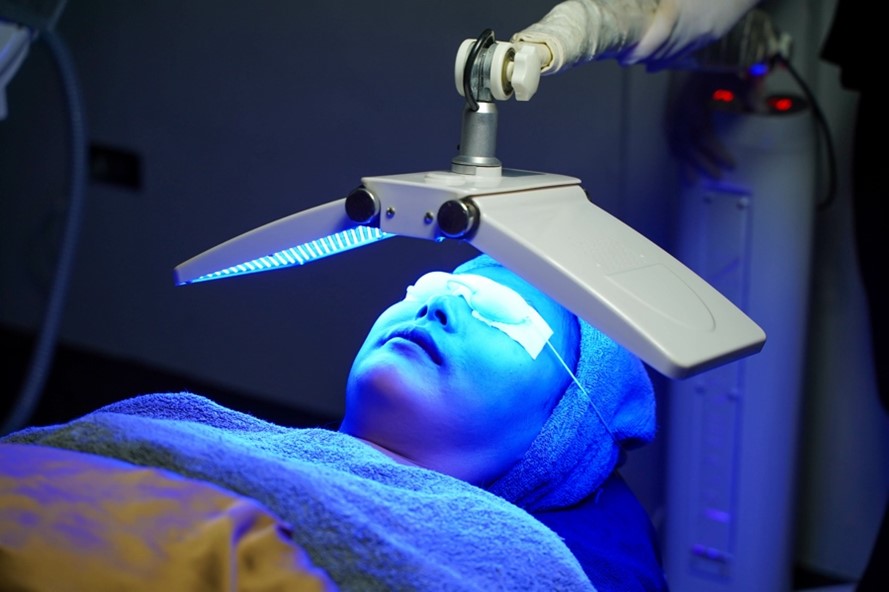
Results
Photodynamic Therapy (PDT) is a highly effective treatment, with a significant effectiveness in targeting a range of medical conditions. PDT is a combination of light energy and the use of a photosensitizing drug to precisely target and destroy unhealthy cells. PDT is beneficial in treating conditions such as:
- Actinic Keratosis (precancerous skin lesions)
- Basal Cell Carcinoma (early stage)
- Squamous Cell Carcinoma (in situ)
- Severe acne
- Cosmetic improvement of sun-damaged skin
PDT is known for its gradual and progressive effectiveness. The results typically do not manifest immediately but develop over time, with the full effects becoming noticeable over a period that varies depending on the individual and the specific condition being treated. For skin conditions like actinic keratosis and basal cell carcinoma, improvements start becoming visible within days to a week post-treatment. However, it can take several weeks for the full results to manifest.
PDT is notable for its quick sessions, which can last anywhere from 15 to 90 minutes. The duration of the treatment depends on the size of the area and the type of photosensitizer used. Most patients find that just one session is enough to meet their treatment goals, making PDT a fitting choice for those seeking efficient and effective skin solutions.
PDT is generally well-received, with few side effects. Patients may experience heightened light sensitivity due to the treatment's photosensitizing agents. Common side effects like redness, swelling, and discomfort are typically short-lived and can be managed with over-the-counter medication and cold compresses. Protecting the skin post-treatment is crucial, involving the avoidance of bright light and diligent sunscreen use.
Attending follow-up appointments is crucial for assessing the success of the treatment and managing any ongoing care needs.
For more information on PDT or to schedule a consultation, please reach out to your local Rejuvenation Clinic.


